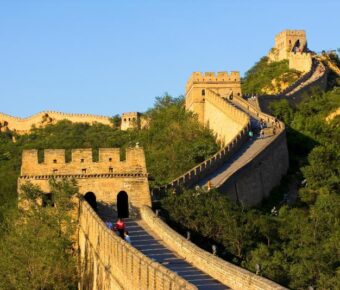Mallorca vs Tenerife: 7 Key Differences to Consider Before Booking Your 2025 Spanish Island Getaway
Planning a Mediterranean getaway and can’t decide between Mallorca or Tenerife? These Spanish islands offer unique vacation experiences with their special charm.
Mallorca is typically hotter in summer, while Tenerife stays warm year-round, making it a better winter destination. Mallorca shines with its food scene, historical sights, and vibrant beaches, especially in cities like Palma. The island’s northern region is notably greener and more lush.
Tenerife, part of the Canary Islands, offers excellent museums, scuba diving opportunities, and various attractions. Like Mallorca, its north side is greener than the south. The island hosts impressive carnival parades and maintains a steady climate that attracts visitors even during off-season months from October to March.
Table of Contents
- Geographical Overview
- Location and Landscape
- Climate Comparison
- Culture and History
- Cultural Heritage
- Historical Landmarks
- Tourism and Attractions
- Popular Tourist Spots
- Hidden Gems
- Outdoor Activities
- Travel Practicalities
- Accommodation Options
- Local Cuisine and Gastronomy
- Transportation Tips
- Events and Festivities
- Local Festivals
- Seasonal Events
- Economic Insights
- Industry and Commerce
- Sports Scene
- Local Teams and Competitions
- Water Sports and Activities
- Expat and Living Experience
- Residential Areas
- Cost of Living
- Environmental Concerns
- Conservation Efforts
- Sustainable Tourism
- Frequently Asked Questions
- What are the key differences in climate between Mallorca and Tenerife?
- Should one choose Tenerife or Mallorca for a family vacation, considering family-friendly amenities?
- How does the cycling experience compare between Tenerife and Mallorca?
- What are the cultural and entertainment offerings that distinguish Mallorca from Tenerife?
- Which of the two islands offers the best experience for a holiday in October?
- What travel options are available for those who journey from Tenerife to Mallorca?
- Book Your Dream Experience
- More Travel Guides
Geographical Overview
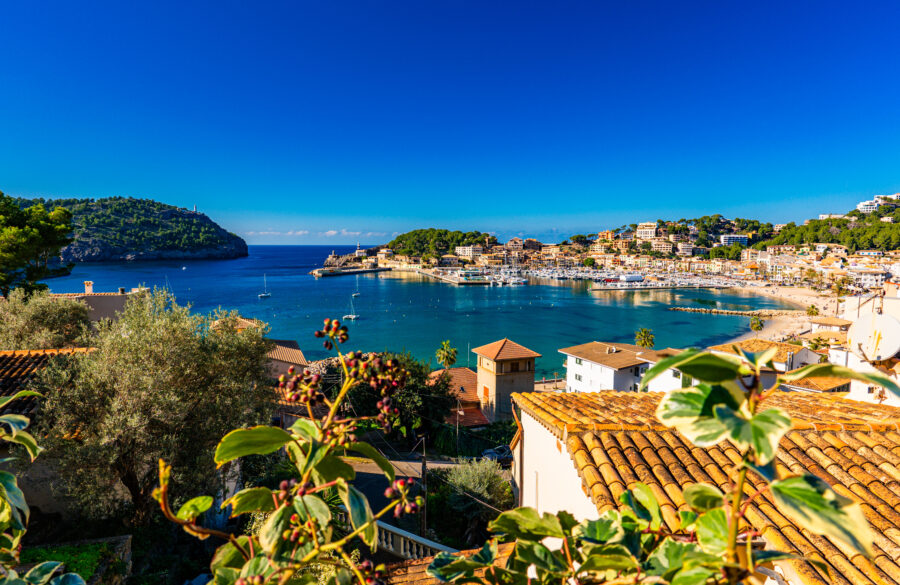
Mallorca and Tenerife offer stunning yet distinctly different landscapes shaped by their unique locations and geological history. These popular Mediterranean and Atlantic destinations feature diverse terrain ranging from mountains to beaches, with notable differences in climate patterns.
Location and Landscape
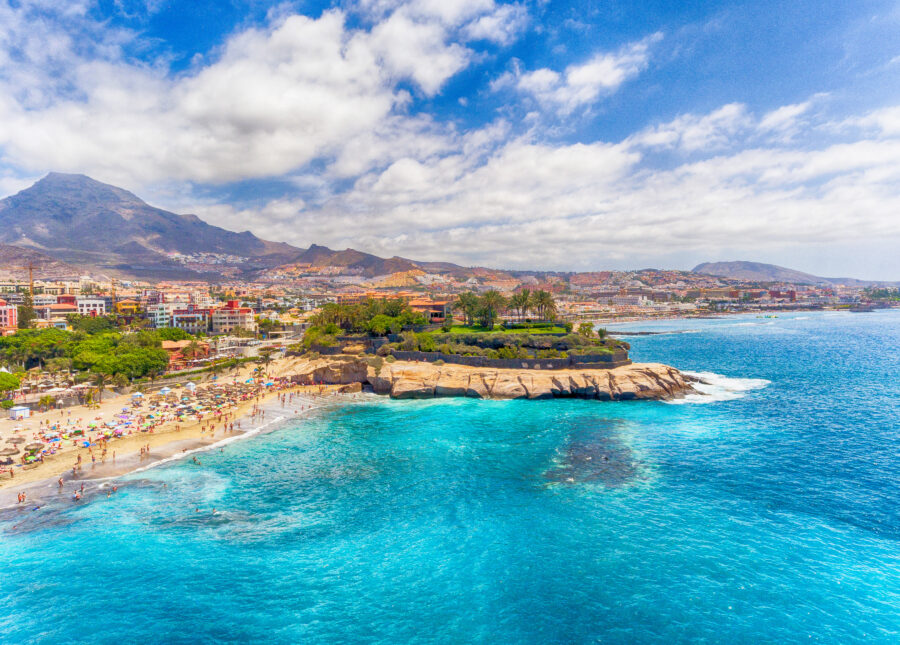
Mallorca is the largest island in Spain’s Balearic archipelago, nestled in the Mediterranean Sea east of the Spanish mainland. The island spans about 3,640 square kilometers and features dramatic landscape contrasts. The Serra de Tramuntana mountain range dominates the northwest, reaching heights of 1,445 meters at Puig Major.
Along its 550 km coastline, the island boasts a mix of rocky coves and sandy beaches. Central Mallorca reveals a flatter, more agricultural landscape with traditional villages and windmills dotting the scenery.
Tenerife, meanwhile, is part of Spain’s Canary Islands, which are in the Atlantic Ocean. They are much closer to Africa than mainland Europe. Tenerife is the largest of the Canary Islands, at roughly 2,034 square kilometers.
Tenerife’s landscape is dominated by Mount Teide, an active volcano, and Spain’s highest peak is 3,718 meters. The island features dramatic cliffs and black volcanic beaches alongside golden sandy shores, particularly in the north.
Climate Comparison
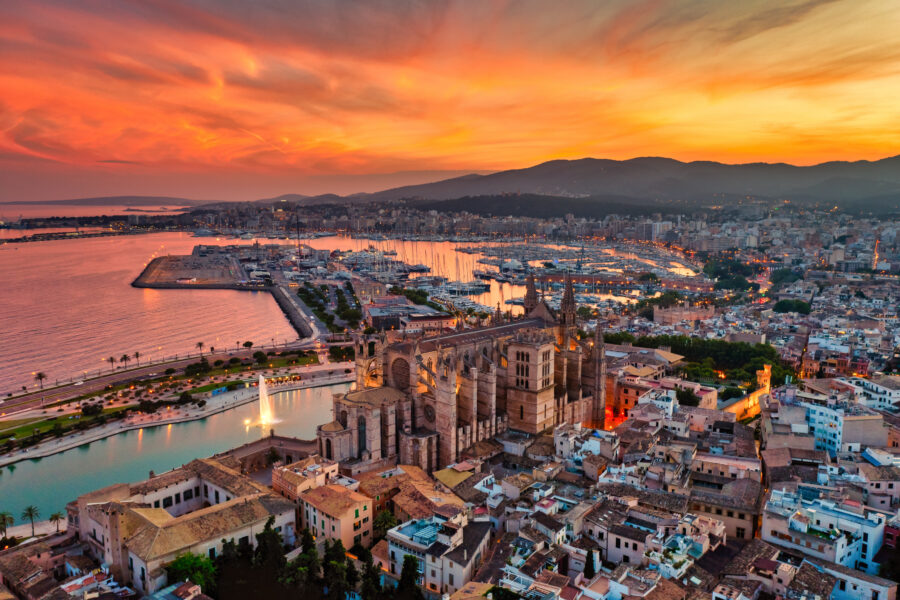
Mallorca enjoys a classic Mediterranean climate with hot, dry summers and mild, wet winters. Summer temperatures typically range from 25-30°C (77-86°F), while winter averages hover around 10-15°C (50-59°F). The island receives most of its rainfall between October and April.
The north of Mallorca tends to be greener and slightly cooler than the south due to the mountain range’s protective effect. Due to its position near the African coast, Tenerife boasts what many call “eternal spring” weather. The island maintains remarkably stable temperatures year-round, typically between 20-28°C (68-82°F).
North Tenerife tends to be cloudier and greener, while the south enjoys more sunshine and drier conditions. This climate diversity allows both islands to welcome tourists throughout the year, though Tenerife offers more reliable winter warmth than Mallorca.
Culture and History
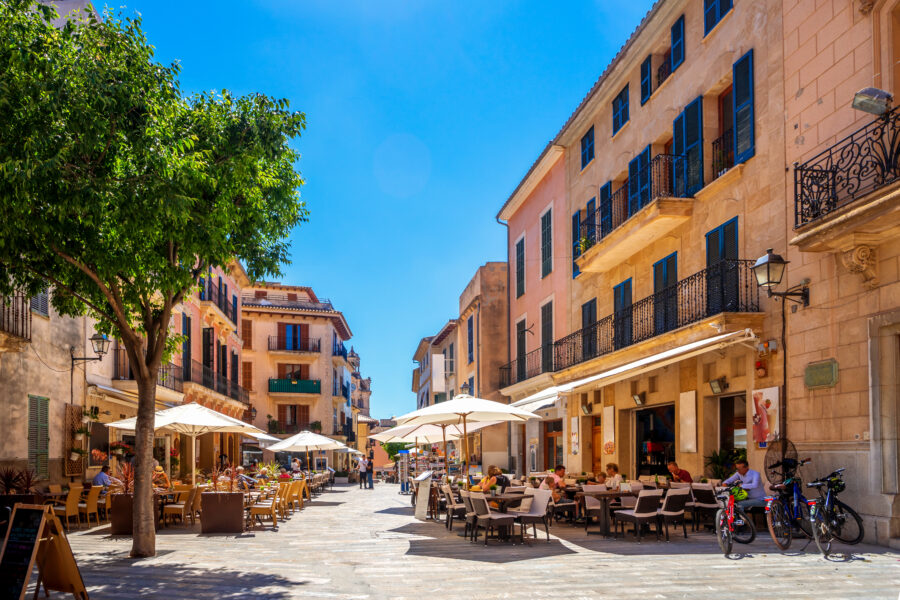
Mallorca and Tenerife boast fascinating cultural identities and rich historical backgrounds that reflect their unique geographical positions. Their heritage has been shaped by various civilizations and traditions, creating distinct atmospheres for visitors to explore.
Cultural Heritage
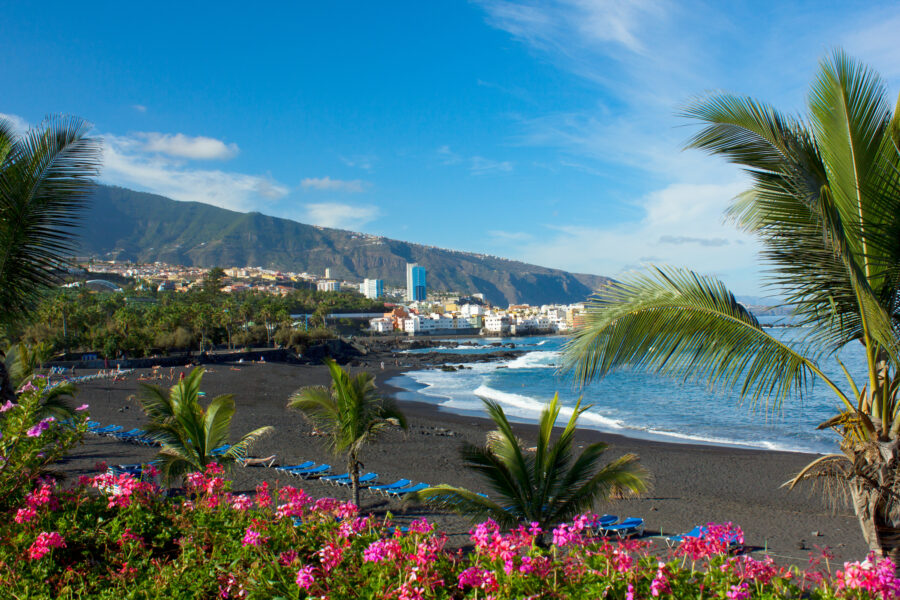
Mallorca’s culture is deeply rooted in Mediterranean traditions. The island embraces a distinctly Spanish way of life, with afternoon siestas and evening paseos (strolls) standard practices. Their festivals are spectacular – none more famous than La Diada, celebrating Mallorca’s patron saint.
Tenerife’s cultural identity is more diverse, blending Spanish influences with African and Latin American traditions. This unique mix is evident in their vibrant Carnival of Santa Cruz, second only to Rio’s famous celebration in size and energy. The island’s indigenous Guanche heritage also remains an important cultural element.
The culinary scenes differ notably, too. Mallorca offers traditional Spanish and Catalan dishes like sobrassada (cured sausage) and ensaïmada (sweet pastry). Tenerife’s cuisine includes more exotic flavors, with dishes like papas arrugadas (wrinkled potatoes) served with mojo sauce.
Historical Landmarks
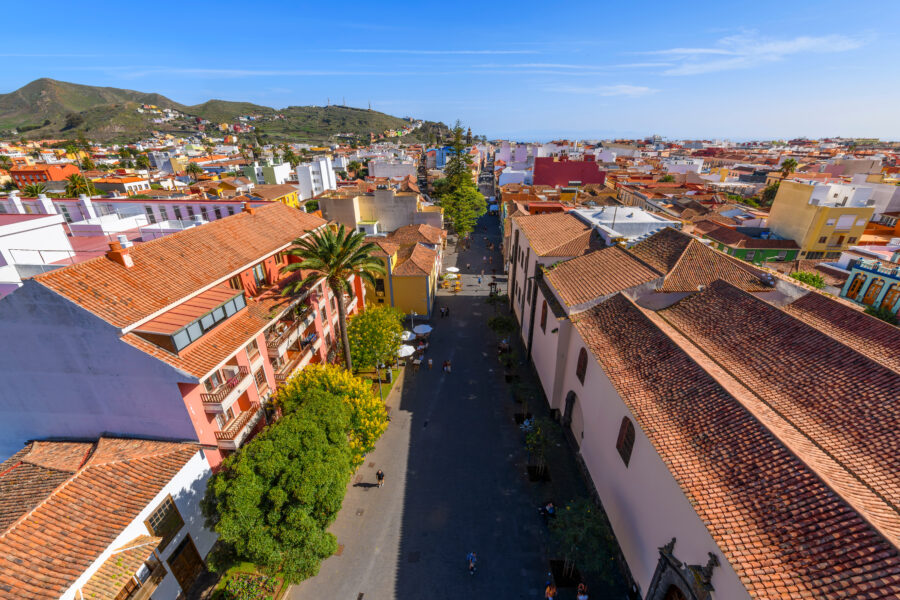
Mallorca boasts impressive historical sites dating back centuries. The magnificent Gothic Cathedral La Seu dominates Palma’s skyline, while Bellver Castle provides a rare example of circular medieval architecture. The island’s countryside is dotted with ancient stone structures called talayots, remnants of prehistoric settlements.
Tenerife’s history is equally fascinating but quite different. The old town of San Cristóbal de La Laguna is a UNESCO World Heritage site showcasing colonial architecture. The Pyramids of Güímar remain mysterious archaeological structures that continue to puzzle historians.
Both islands bear marks of their defensive pasts. Mallorca’s coastline features watchtowers built to spot pirate ships, while Tenerife’s Castillo de San Juan protected against naval attacks. These historical differences reflect their unique positions – Mallorca as a Mediterranean trading hub and Tenerife as an Atlantic outpost connecting Europe with the Americas.
Tourism and Attractions
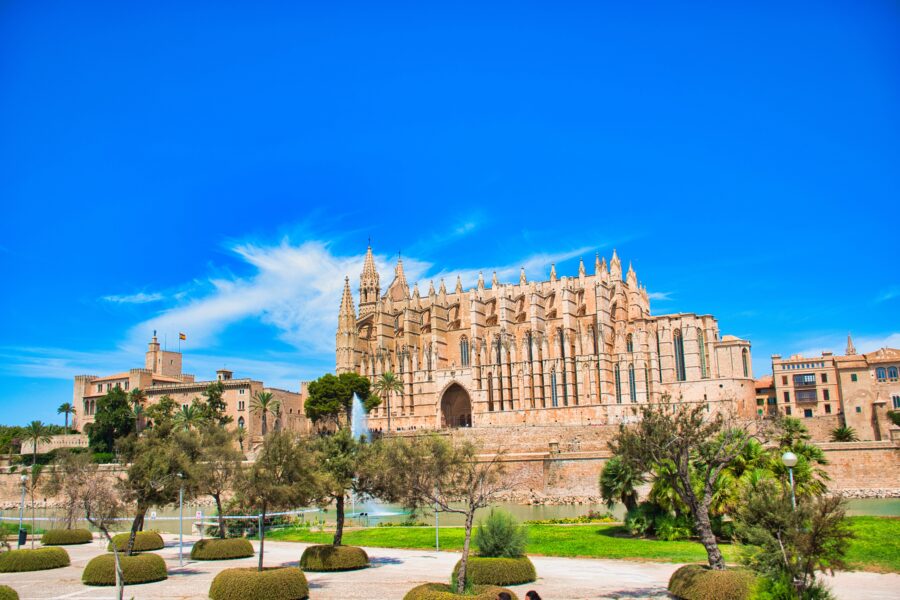
Mallorca and Tenerife offer incredible tourist attractions, with each island boasting unique appeal. Mallorca shines with its cultural heritage and beautiful beaches, while Tenerife captivates visitors with dramatic volcanic landscapes and year-round sunshine.
Popular Tourist Spots
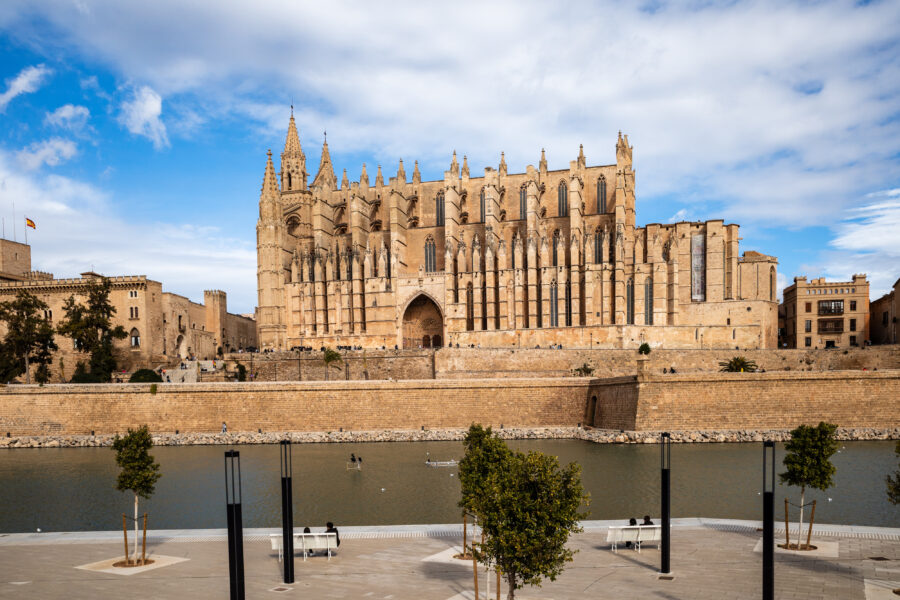
In Mallorca, the Cathedral of Santa Maria (La Seu) dominates Palma’s skyline with its stunning Gothic architecture and waterfront location. Visitors often spend hours exploring Palma’s Old Town’s narrow, winding streets, which are lined with boutique shops and tapas bars. The resort areas of Magaluf and Palmanova attract those seeking vibrant nightlife and beach activities.
Tenerife’s most famous attraction is Mount Teide, Spain’s highest peak and an active volcano surrounded by a moonlike landscape. For the best experience, Book Things To Do, like guided tours to this UNESCO World Heritage site.
The popular southern resorts of Playa de las Americas and Los Cristianos offer tourist-friendly beaches and entertainment. Siam Park, one of Europe’s best water parks, draws families and thrill-seekers to its Thai-themed attractions.
Hidden Gems
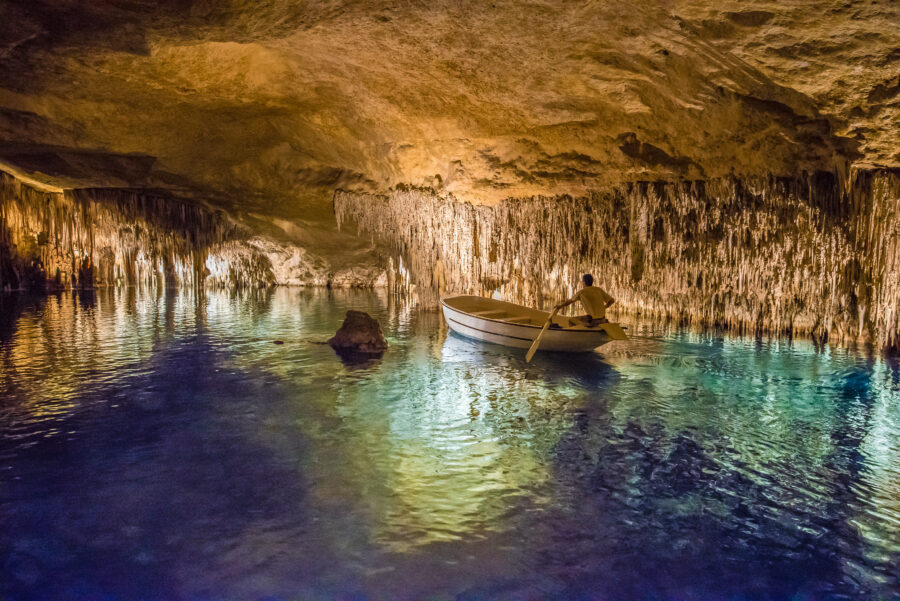
Away from Mallorca’s busy coastal resorts, the charming mountain town of Valldemossa captivates visitors with its stone buildings and peaceful atmosphere. Chopin once stayed here, and his presence is still celebrated. The Cuevas del Drach (Dragon Caves) hide an underground lake where classical music concerts are performed daily.
In northern Tenerife, the colorful colonial town of La Orotava charms with its flower-filled balconies and historic mansions. Few tourists venture to Masca, a tiny mountain village nestled between dramatic cliffs that feels worlds away from the busy beach resorts.
Anaga Rural Park offers misty forests and ancient laurel trees that transport hikers to a prehistoric landscape. These less-visited spots provide authentic cultural experiences without the crowds at major attractions.
Outdoor Activities
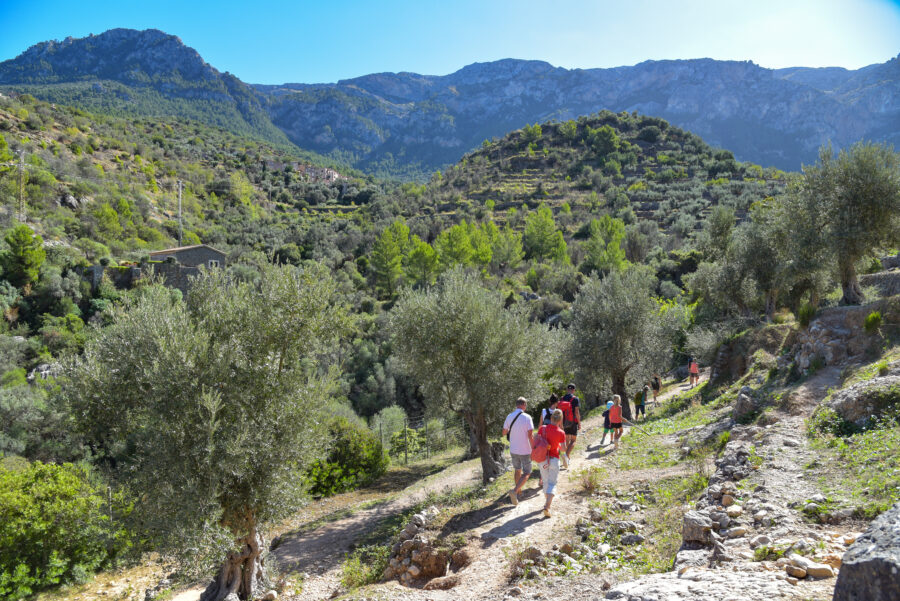
Mallorca’s Serra de Tramuntana mountain range provides spectacular hiking routes with coastal views that have earned UNESCO protection. Cyclists consider the island a paradise, with challenging routes attracting professional teams for winter training camps.
Water sports enthusiasts enjoy excellent conditions for sailing, windsurfing, and paddleboarding along Mallorca’s 550km coastline. Travel Tours and Activities are popular, like guided kayaking trips around the dramatic cliffs.
Tenerife offers year-round whale and dolphin watching, with resident pods of pilot whales and bottlenose dolphins. The island’s clear waters make it perfect for snorkeling and diving. Paragliding from the mountains provides thrilling aerial views of the volcanic landscape.
Mountain biking trails crisscross Tenerife’s varied terrain, while stargazers benefit from some of Europe’s clearest night skies near Mount Teide. Both islands offer golf courses with spectacular views that attract players throughout the winter.
See Related: Ibiza vs Mykonos: Key Differences to Know Before Booking Your Mediterranean Island Getaway
Travel Practicalities
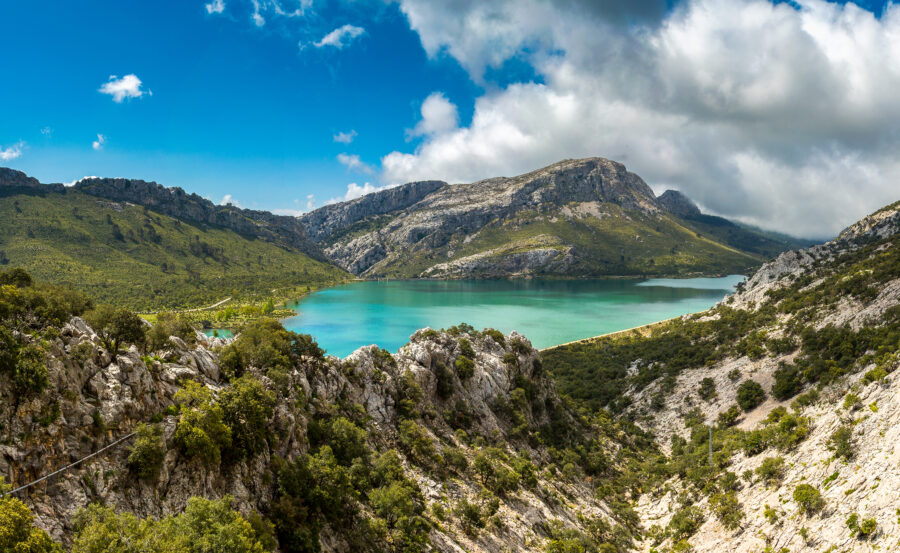
Planning the practical aspects of your trip can make or break your island getaway. Mallorca and Tenerife offer distinct experiences regarding where you’ll stay, what you’ll eat, and how you’ll get around.
Accommodation Options
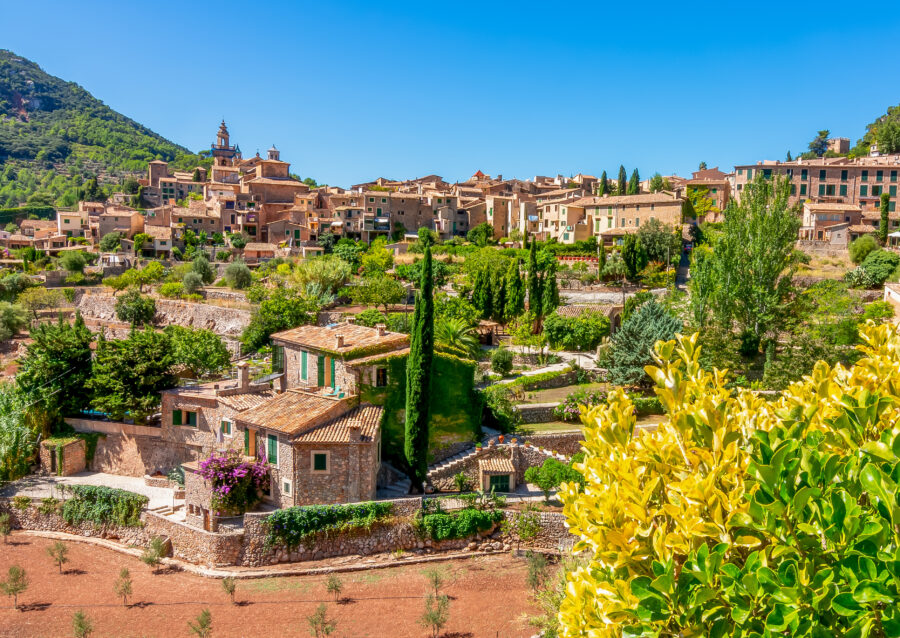
Mallorca boasts a diverse range of places to stay, from luxury resorts in Palma to charming rural fincas in the countryside. The island has embraced boutique hotels in recent years, particularly in the capital and Sóller area. Many travelers enjoy the all-inclusive options in Alcúdia and Magaluf.
Tenerife tends to concentrate its accommodations in the southern tourist zones like Los Cristianos and Playa de las Américas. The Iberostar in Santa Cruz offers a more authentic city experience away from the tourist crowds. Northern Tenerife features more traditional lodging options.
Both islands offer excellent value in the off-season, dropping prices significantly from November through February. Apartment rentals have become increasingly popular for families and longer stays.
Local Cuisine and Gastronomy
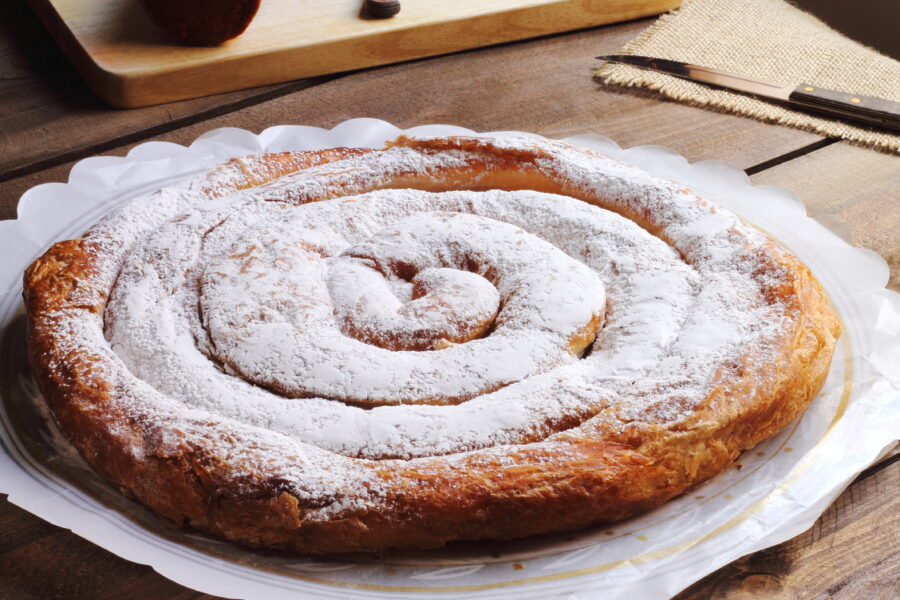
Mallorcan cuisine revolves around Mediterranean flavors with standout dishes like sobrasada (spiced sausage), ensaïmada (spiral pastry), and tumbet (vegetable bake). The island produces excellent olive oils and wines worth sampling.
Tenerife’s food scene blends Spanish and Latin American influences. Don’t miss papas arrugadas (wrinkled potatoes) with mojo sauce, fresh seafood, and local goat cheeses. The island’s unique microclimate creates excellent growing conditions for tropical fruits and vegetables.
Both destinations offer a wide price range, from affordable local taverns to Michelin-starred restaurants. For authentic experiences, avoid tourist traps near major attractions and seek out restaurants where locals dine.
Transportation Tips
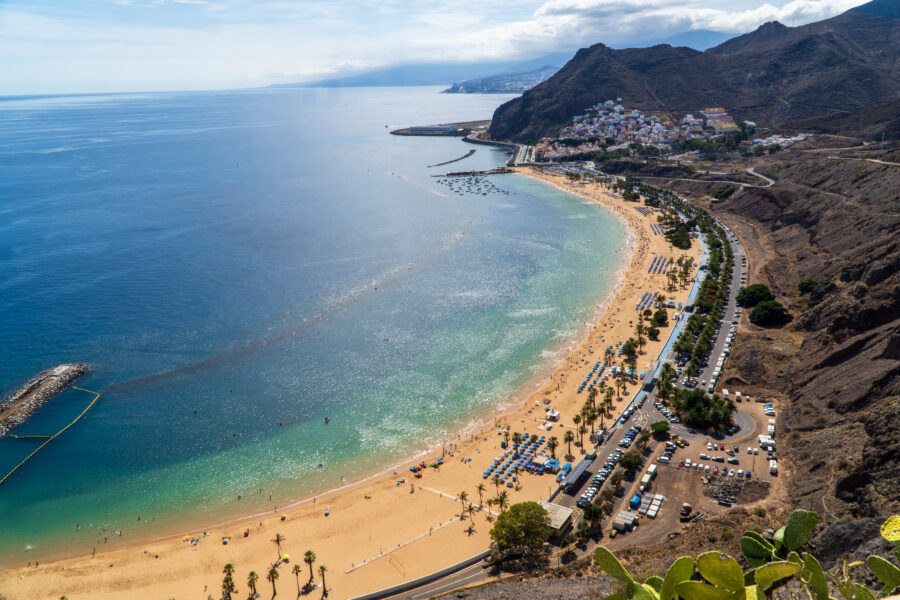
Mallorca features an efficient bus network connecting major towns, with the primary hub in Palma. Renting a car gives flexibility for exploring mountain villages and hidden beaches. Kayak compares rental options from multiple agencies.
Tenerife’s public transportation is reliable but less comprehensive. The TITSA bus system connects major destinations, but service can be limited to rural areas. A rental car is almost essential for experiencing the island fully, especially for reaching Mount Teide and remote beaches.
Both islands have taxis available, though rates are higher than in mainland Spain. Many visitors in Mallorca take advantage of bicycle rentals, while Tenerife’s mountainous terrain makes cycling challenging except for serious enthusiasts.
Events and Festivities
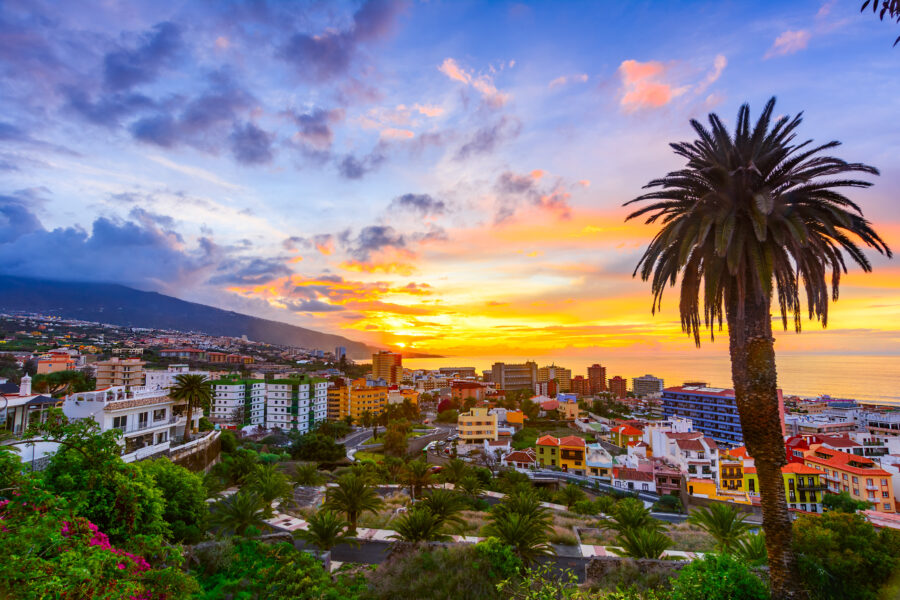
Mallorca and Tenerife boast vibrant cultural calendars with unique celebrations that showcase each island’s heritage and traditions. These events allow visitors to experience authentic island culture beyond the typical tourist attractions.
Local Festivals

Mallorca’s festival scene revolves around its rich cultural history. The most spectacular is La Fiesta de Sant Joan (June 23-24), where bonfires light up beaches and locals jump over flames for good luck. In January, Sant Sebastià Festival transforms Palma into a week-long party with concerts and street performances.
Tenerife’s crown jewel is the Carnival of Santa Cruz, considered the world’s second-largest carnival after Rio. This February extravaganza features elaborate costumes, parades, and music that continue for weeks. The streets come alive with color and energy!
Both islands celebrate traditional religious festivals too. Corpus Christi in Mallorca sees streets decorated with flower carpets, while Tenerife’s Romería de San Roque features locals in traditional dress making pilgrimages to shrines.
Seasonal Events
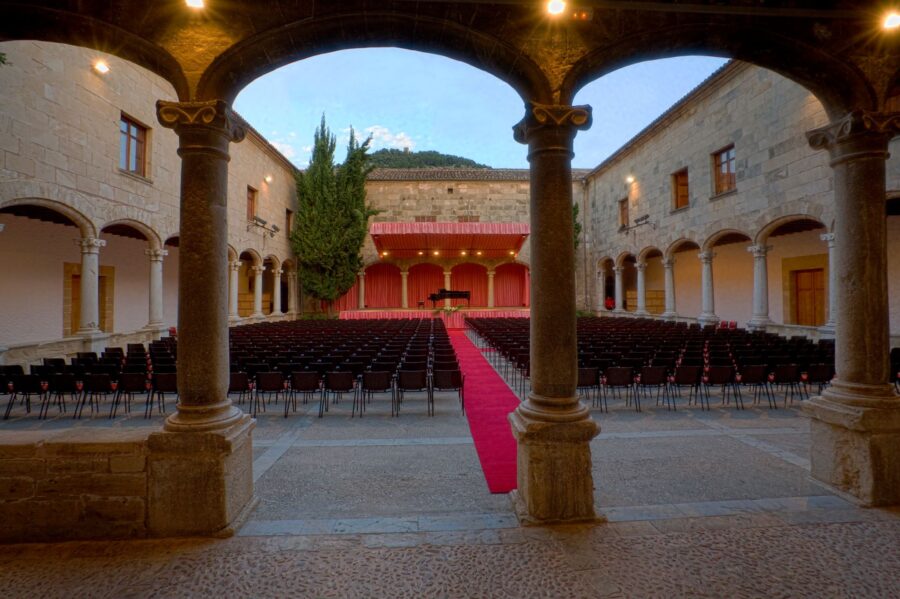
Summer brings beach concerts and open-air cinema nights to Mallorca’s coastal towns. The Pollença Music Festival (July-August) attracts classical musicians worldwide to perform in historic settings.
Tenerife shines with the Starmus Festival, a unique celebration of astronomy, science, and music held every few years. The island’s clear skies make it perfect for stargazing events.
Wine lovers should visit Mallorca during September’s grape harvest festivals or Tenerife’s wine routes in November when bodegas open their doors for tastings. Each island produces distinctive wines from local grapes.
Winter doesn’t slow things down. Mallorca’s almond blossom season (January-February) inspires hiking festivals, while Tenerife’s perfect climate means outdoor events continue year-round, including the popular December Christmas markets in Puerto de la Cruz.
Economic Insights

Mallorca’s and Tenerife’s economic landscapes differ in cost of living, tourism impact, and commercial activities. These factors directly influence both visitors and residents.
Industry and Commerce
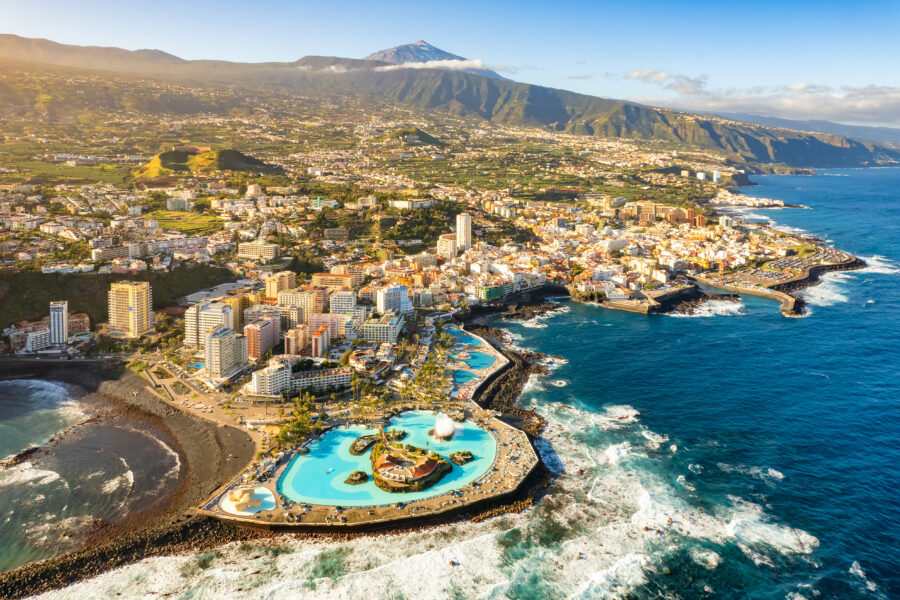
Tenerife offers a more affordable lifestyle compared to Mallorca. Living costs in Santa Cruz de Tenerife are about 15.2% lower than in Palma de Mallorca, excluding rent. This means you’d need around €4,316 in Mallorca to maintain the same standard of living that €3,700 would provide in Tenerife.
Tourism shapes both economies, but in different ways. Mallorca has developed a more diverse commercial sector with upscale shopping districts and luxury marinas catering to wealthier visitors.
Tenerife’s economy relies heavily on year-round tourism thanks to its consistent climate. This creates more stable employment but can lead to lower wages in the service sector.
Real estate values reflect these differences, too. Property in prime locations in Mallorca often commands premium prices compared to similar properties in Tenerife, making investment opportunities different in each destination.
Sports Scene
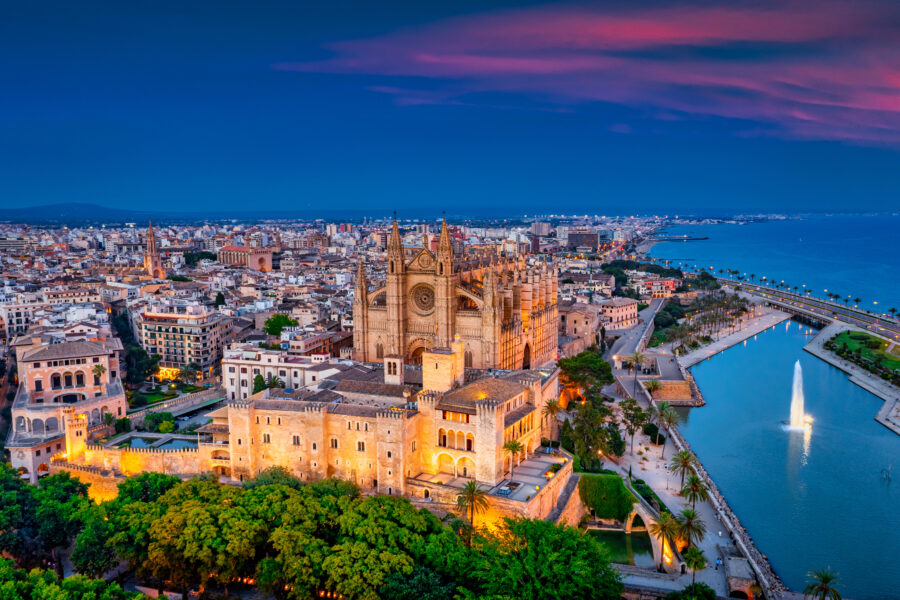
Mallorca and Tenerife boast vibrant sporting cultures extending beyond their famous football clubs. The islands offer various competitive sports and water activities that attract locals and tourists throughout the year.
Local Teams and Competitions
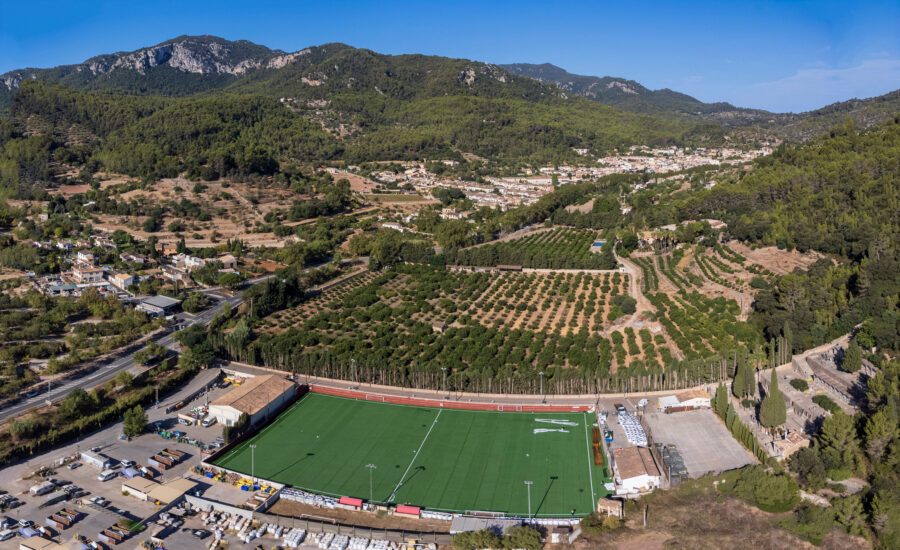
Mallorca and Tenerife are home to passionate football followings. RCD Mallorca competes in La Liga, Spain’s top football division, while CD Tenerife plays in the Segunda División. These teams have faced each other 16 times since 2009, with Mallorca winning nine matches and Tenerife claiming four victories.
A notable recent encounter between the teams occurred in January 2024, when Mallorca narrowly defeated Tenerife 1-0 in a Copa del Rey match. The Copa del Rey provides opportunities for clubs from different divisions to compete against each other in a knockout format.
Both islands also host matches against other Spanish clubs like Burgos CF throughout their seasons. The stadiums on both islands—Son Moix in Palma and Estadio Heliodoro Rodríguez López in Tenerife—create electric atmospheres during home games.
Water Sports and Activities
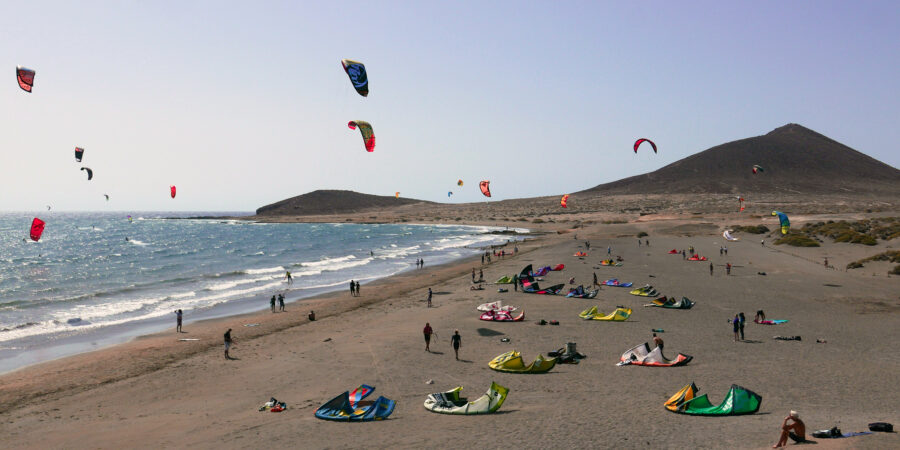
Mallorca and Tenerife’s coastal locations are perfect destinations for water sports enthusiasts. Tenerife’s year-round warm climate and diverse coastal conditions attract surfers, windsurfers, and kitesurfers to its beaches.
Mallorca, with its crystal-clear Mediterranean waters, offers excellent sailing opportunities. The island hosts several prestigious regattas throughout the year that draw international competitors. Diving is also popular around both islands, with numerous centers offering courses and guided excursions.
Paddleboarding has gained tremendous popularity on both islands in recent years. Visitors can rent equipment at the most popular beaches and explore the coastlines from a unique perspective.
For more adventurous travelers, jet skiing and parasailing are widely available at the main tourist areas of both Mallorca and Tenerife.
See Related: Where to Stay in Ibiza: Top Areas and Hotels for Every Budget
Expat and Living Experience
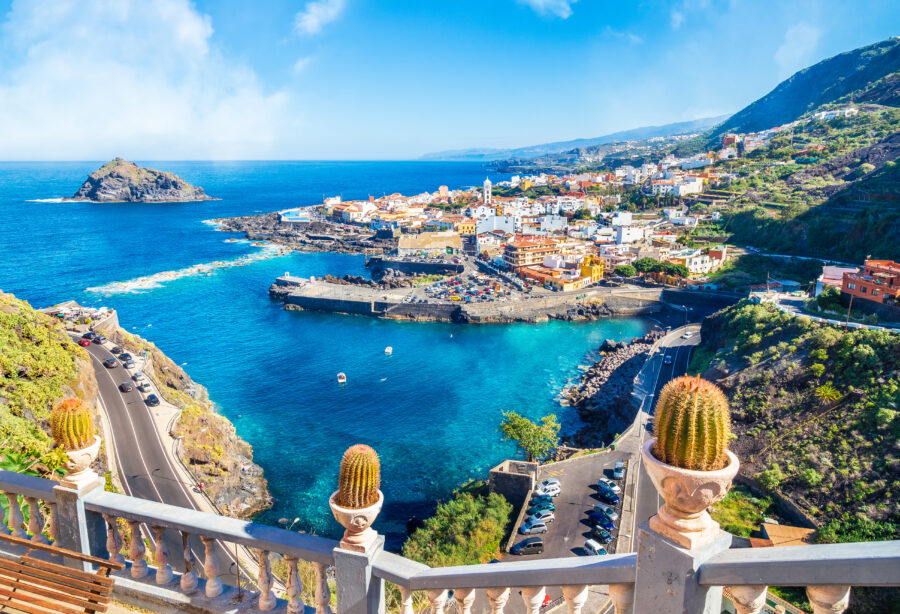
Mallorca and Tenerife have become popular destinations for expats seeking sunshine and a relaxed Mediterranean lifestyle. Each island offers distinct residential communities and varying living costs that appeal to different types of expatriates.
Residential Areas
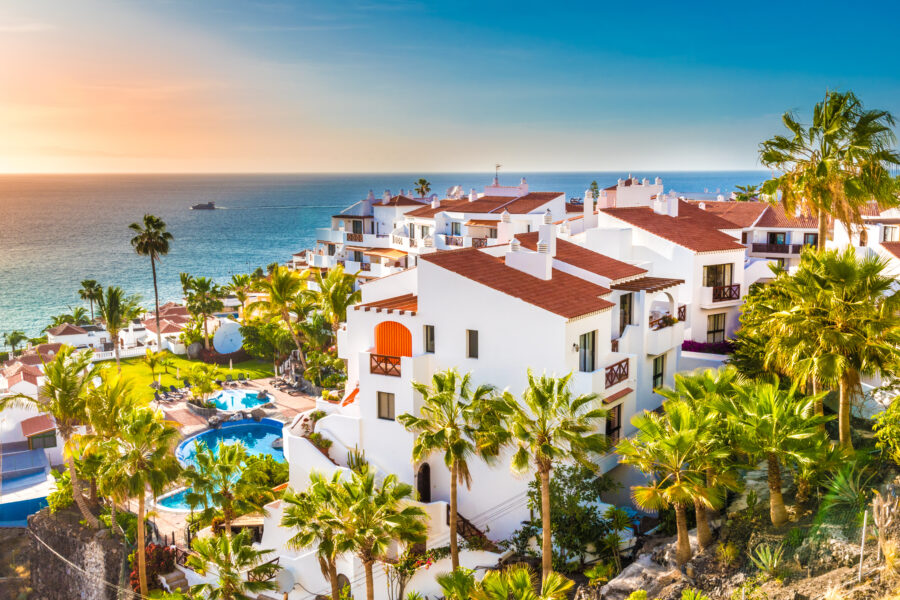
In Mallorca, expats typically gravitate toward Palma, the capital city, which offers a cosmopolitan vibe with historic architecture and modern amenities. The southwest areas like Calvià, Puerto Portals, and Santa Ponsa attract wealthy internationals with luxury villas and yacht clubs. British expats often settle in Pollença in the north, while Germans prefer the eastern coastal areas.
Tenerife’s expat communities cluster mainly in the south, particularly in Costa Adeje, Los Cristianos, and Playa de las Américas. These areas cater well to English speakers with numerous British-style pubs and restaurants. The north attracts those seeking a more authentic Spanish experience, especially Puerto de la Cruz and La Laguna, where you’ll find more locals and fewer tourists.
Many expats in both islands report forming tight-knit communities that help newcomers adjust to island life.
Cost of Living
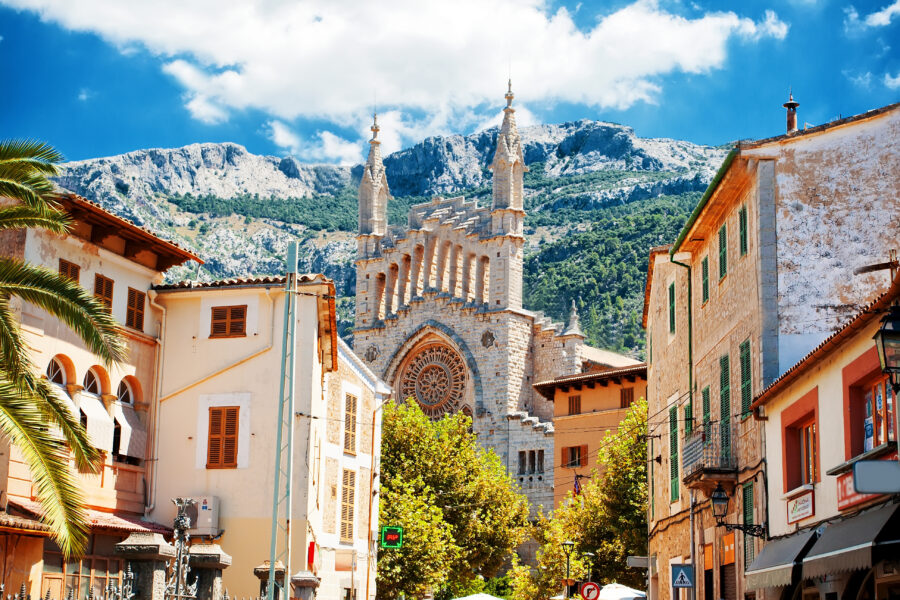
Tenerife generally offers a more affordable lifestyle than Mallorca across most categories. A couple can live comfortably in Tenerife on about €2,000-2,500 monthly, while Mallorca might require €2,500-3,000 for a similar standard of living.
Property prices tell a similar story. In Tenerife, a two-bedroom apartment might cost €150,000-200,000, while in Mallorca, especially in desirable areas like Palma or the southwest coast, similar properties start around €250,000 and climb rapidly.
Daily expenses like groceries, dining out, and transportation are about 15-20% higher in Mallorca. A meal for two in a mid-range restaurant costs around €40 in Tenerife versus €55 in Mallorca. Utility bills run lower in Tenerife thanks to its milder year-round climate that requires less heating and cooling.
Both islands offer sound healthcare systems, though some expats note that Mallorca has more English-speaking medical professionals available.
Environmental Concerns
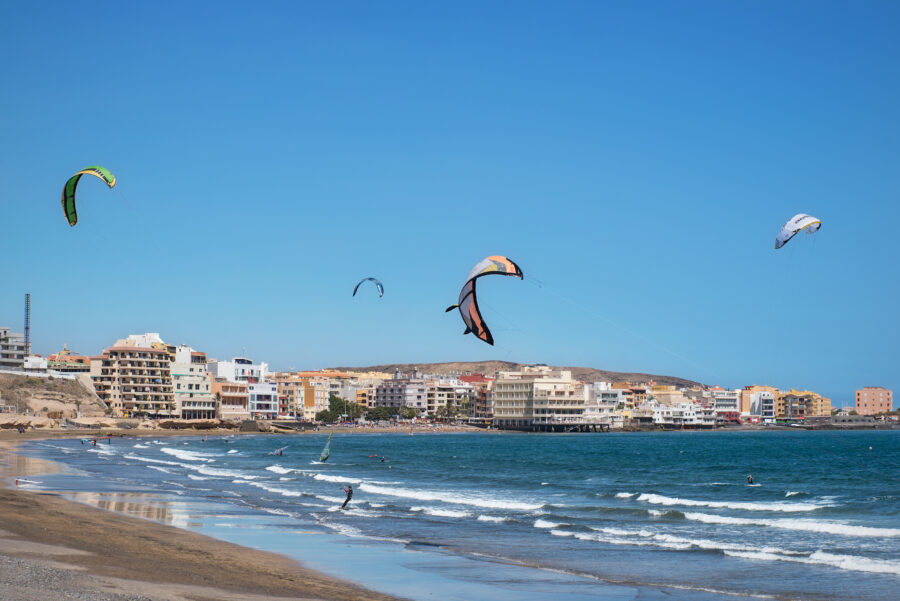
Mallorca and Tenerife face significant environmental challenges due to mass tourism and urban development. These popular island destinations struggle to balance economic benefits and protect their unique natural landscapes.
Conservation Efforts
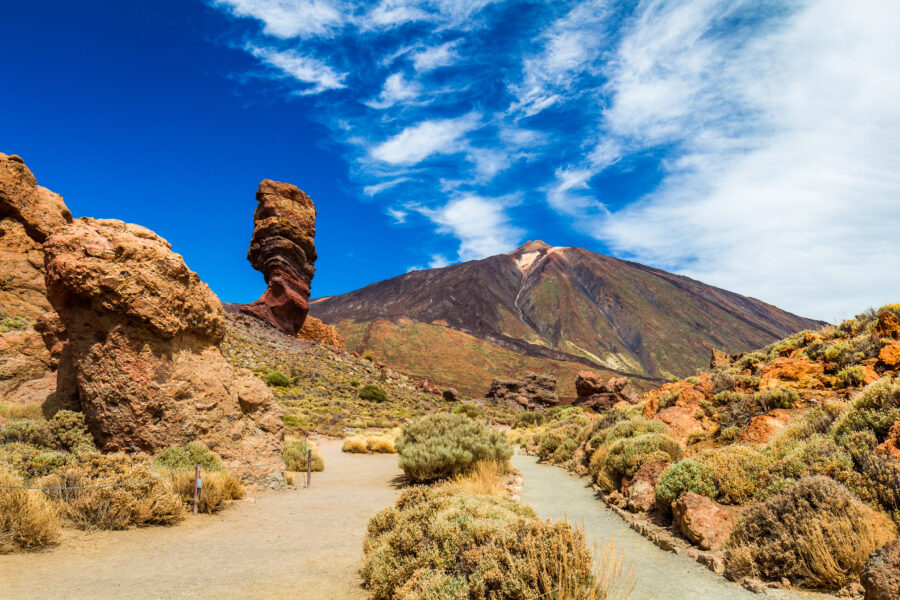
Mallorca has established several protected areas to preserve its biodiversity. The Serra de Tramuntana mountain range, declared a UNESCO World Heritage Site, represents one of the island’s most important conservation zones. Local environmental groups actively campaign against overdevelopment, particularly in coastal areas.
Tenerife boasts Teide National Park, which protects the island’s volcanic landscape and unique flora. The park has become a model for conservation in the Canaries. Both islands have implemented restrictions on new construction in environmentally sensitive areas.
Marine conservation is also gaining importance. Initiatives to protect Mediterranean seagrass meadows in Mallorca and coral reefs around Tenerife have recently expanded. These efforts help maintain marine biodiversity and fight against the effects of climate change.
Sustainable Tourism
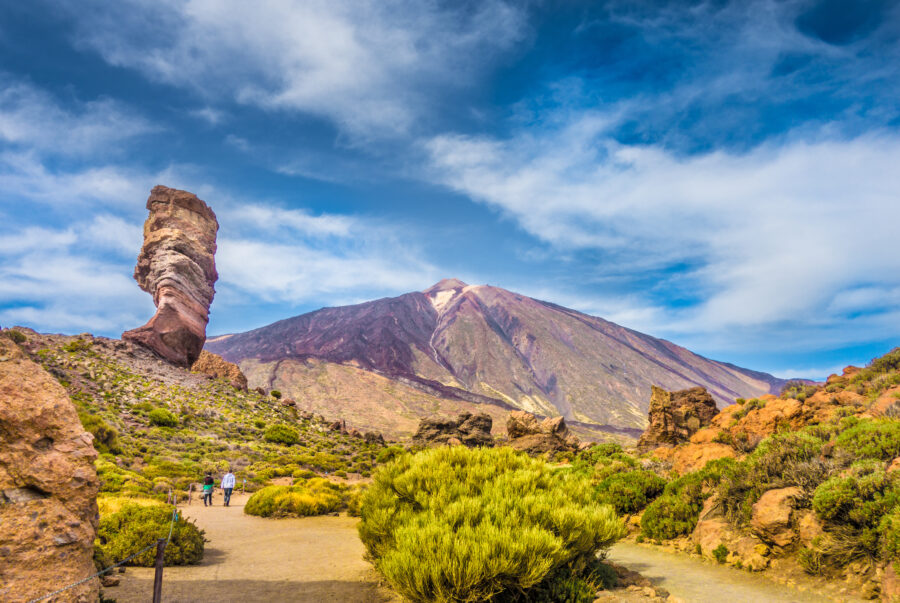
Mallorca has begun shifting toward eco-friendly tourism models. Some resorts now use renewable energy sources and implement water conservation measures. The island has also developed hiking and cycling routes to promote low-impact tourism activities.
Tenerife’s government has launched the “Tenerife + Sostenible” program, encouraging businesses to adopt sustainable practices. Many hotels hold environmental certifications and have reduced their use of plastic and water.
Both islands face challenges with seasonal overcrowding. Some areas have introduced visitor caps during peak seasons to minimize environmental damage. Rural tourism options are being promoted to distribute visitor impact beyond coastal hotspots.
Local food movements have gained traction, with restaurants highlighting locally sourced ingredients. This reduces carbon footprints and supports traditional farming practices that maintain the islands’ agricultural landscapes.
See Related: Ibiza vs Mallorca: Key Differences to Know Before Booking Your Mediterranean Escape
Frequently Asked Questions
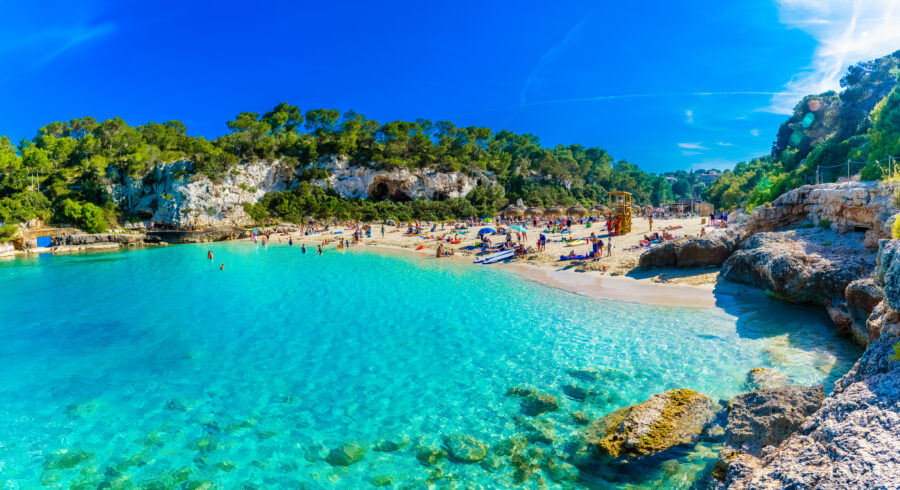
Choosing between Mallorca and Tenerife depends on specific preferences, such as climate, activities, and cultural experiences. These islands offer distinct advantages that cater to different travel styles and needs.
What are the key differences in climate between Mallorca and Tenerife?
Tenerife boasts year-round warm weather thanks to its location closer to Africa. Even in winter, temperatures typically stay between 18-24°C, making it a popular destination for sun-seekers in colder months.
Mallorca has a more seasonal Mediterranean climate. Summers are hot and dry with temperatures reaching 30°C, while winters are mild but can be rainy with temperatures around 10-15°C.
The wind patterns differ, too. Tenerife experiences more consistent trade winds, making it excellent for wind sports like kitesurfing. Mallorca’s wind is less predictable but still supports sailing and windsurfing in certain areas.
Should one choose Tenerife or Mallorca for a family vacation, considering family-friendly amenities?
Both islands cater well to families, but in different ways. Mallorca offers more shallow, kid-friendly beaches with gentle waters, especially on the northern and eastern coasts.
Due to its consistent climate, Tenerife offers more year-round outdoor activities. Siam Park, one of Europe’s best water parks, is a major draw for families with children of all ages.
Mallorca tends to have more family-oriented resorts with kids’ clubs and entertainment programs. The island also offers agrotourism experiences where children can interact with farm animals and learn about local agriculture.
How does the cycling experience compare between Tenerife and Mallorca?
Mallorca has earned its reputation as a cycling paradise, especially in spring and fall. The island offers varied terrain from flat coastal routes to challenging mountain climbs in the Serra de Tramuntana.
With its volcanic landscape and epic climb to Mount Teide, Tenerife attracts serious cyclists. The consistent good weather means more predictable cycling conditions throughout the year.
Many professional cycling teams choose Mallorca for training camps due to its excellent infrastructure for cyclists, including specialized hotels, bike rental shops, and well-maintained roads.
What are the cultural and entertainment offerings that distinguish Mallorca from Tenerife?
Mallorca showcases traditional Mediterranean and Spanish culture. Visitors can explore charming villages like Valldemossa, visit the impressive Palma Cathedral, and enjoy authentic Spanish cuisine with a Balearic twist.
Tenerife’s culture has stronger African and Latin American influences. The island’s annual Carnival in Santa Cruz rivals Rio’s celebration in vibrancy and is considered one of the world’s largest carnivals.
Food experiences differ, too. Mallorca is known for its seafood paella, sobrasada sausage, and ensaïmada pastries. Tenerife offers unique Canarian specialties like papas arrugadas (wrinkled potatoes) with mojo sauce and fresh tropical fruits.
Which of the two islands offers the best experience for a holiday in October?
Tenerife has the edge for October holidays with temperatures still comfortable at 22-26°C and less rainfall. Beach activities remain enjoyable, and hiking conditions are ideal with cooler temperatures than summer.
Mallorca in October offers mild temperatures around 18-22°C, but there’s a higher chance of rainfall as autumn sets in. The island is less crowded, making it perfect for exploring cultural sites and enjoying outdoor activities without summer crowds.
October in Tenerife coincides with grape harvesting season, making it an excellent time for wine tours. Meanwhile, Mallorca offers beautiful autumn landscapes as the countryside transitions seasons.
What travel options are available for those who journey from Tenerife to Mallorca?
The most practical way to travel between Tenerife and Mallorca is by air. Direct flights operate between the islands, typically around 2.5-3 hours. However, many routes require a connection to mainland Spain, usually to Madrid or Barcelona.
There are no direct ferry services between the islands as they belong to different archipelagos. A sea journey would require taking a ferry from Tenerife to mainland Spain first, then another ferry to Mallorca, making it impractical for most travelers.
Some vacationers opt to split their Spanish island holiday between both destinations. This approach allows travelers to experience the distinctive character of both archipelagos in one trip, though it requires careful planning.


